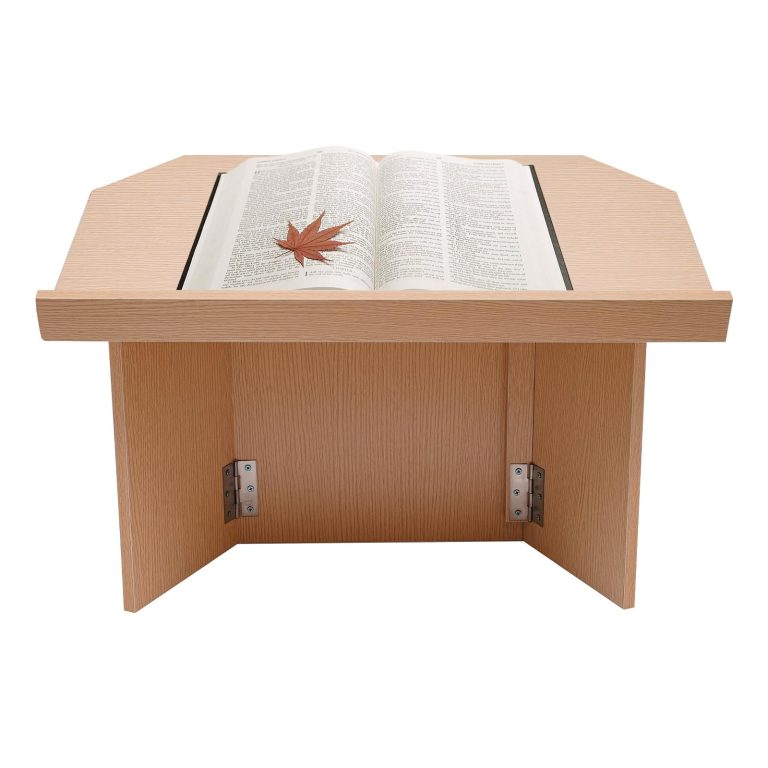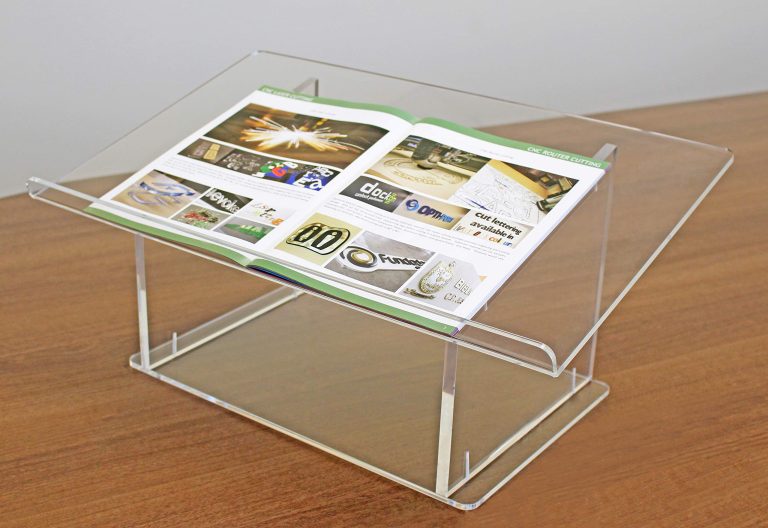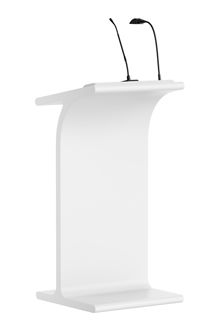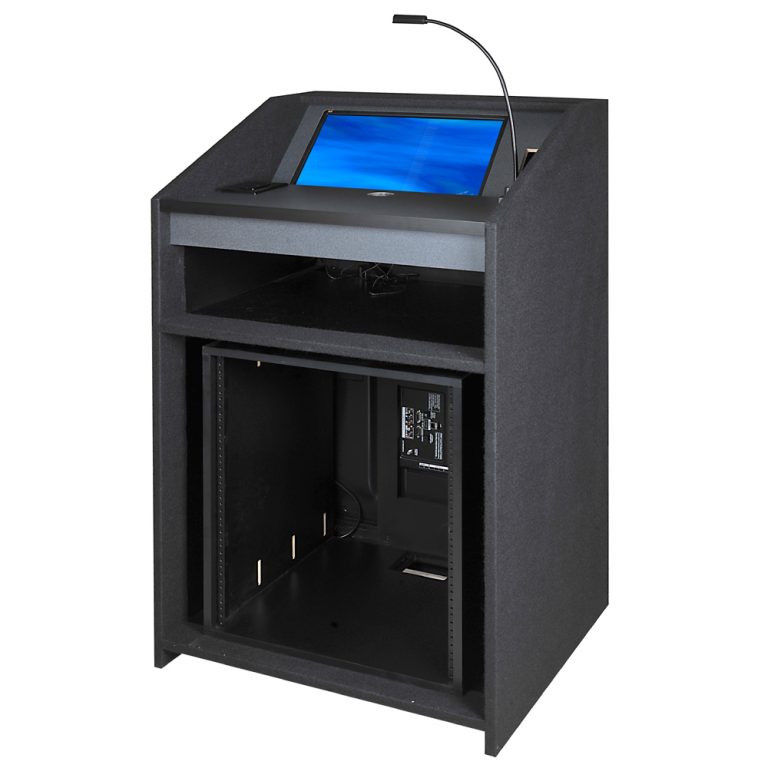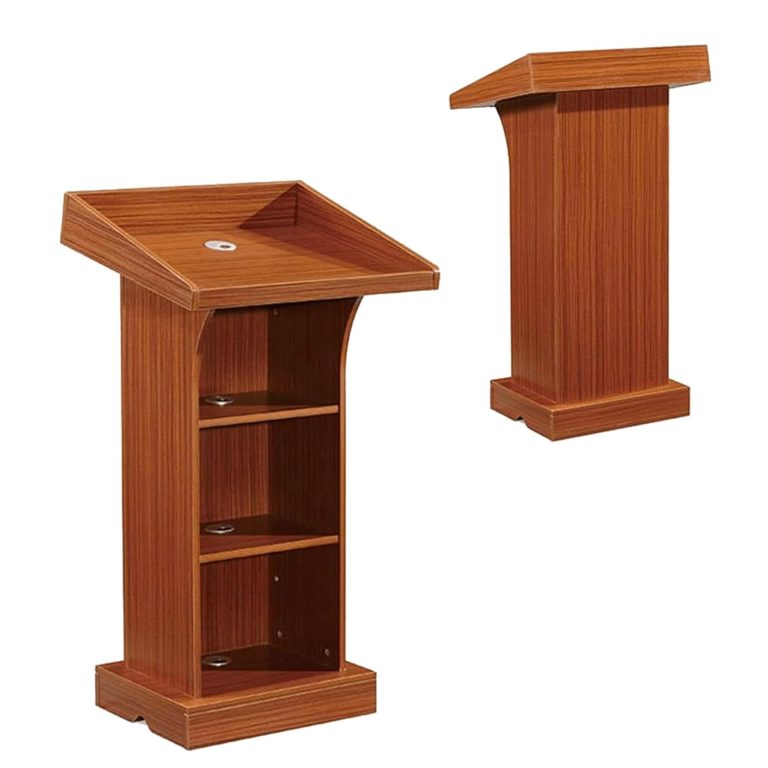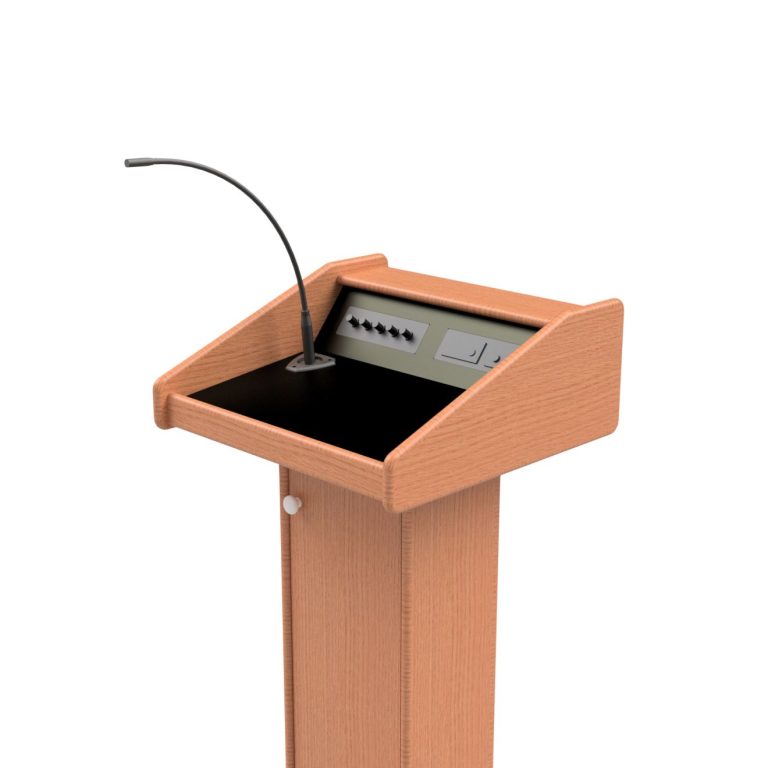Stagecrafting Design
Stagecrafting Design is the process of planning, creating, and implementing the visual elements in a stage production, including set design, lighting design, and costume design. In stagecrafting, these elements are carefully chosen and crafted to enhance the overall experience for the audience and support the storytelling.
The set design creates the physical environment and atmosphere, while lighting design influences mood and directs attention. Costume design helps to establish character and visually convey important information. Together, these elements work harmoniously to bring a story to life on stage, immersing the audience in the world of the performance.
Stagecrafting Design is crucial in creating a captivating and memorable theatrical experience.
Elements Of Stagecrafting Design
Stagecrafting design plays a vital role in creating an immersive and captivating experience for the audience. It is a collaborative effort that encompasses various elements, each with its own unique contribution. In this blog post, we will explore the key elements of stagecrafting design – scenic design, lighting design, sound design, costume design, and props design, and understand how they work together to bring a production to life.
Scenic design forms the foundation of any stage production, providing the visual backdrop against which the action takes place. It involves the creation of sets, backdrops, and scenery that transport the audience to different locations and help set the mood and atmosphere of the production. Scenic designers collaborate with directors and other members of the creative team to bring the vision of the play to life.
Lighting design is a crucial element that enhances the overall visual appeal of a stage production. It involves the strategic use of lighting fixtures, angles, and colors to create mood, highlight key moments, and direct the audience’s attention. Lighting designers work closely with the production team to ensure that the lighting design complements the scenic design and effectively communicates the desired emotions and tone of the production.
Sound design is responsible for creating and manipulating audio elements to enhance the theatrical experience. It involves the selection and placement of microphones, speakers, and other audio equipment, as well as the coordination of sound effects and music. Sound designers collaborate with directors and other creative team members to ensure that the sound design supports the narrative, evokes the desired emotions, and creates a seamless audio experience for the audience.
Costume design plays a pivotal role in bringing characters to life on the stage. It involves the creation of costumes that are not only aesthetically pleasing but also reflective of the character’s personality, time period, and the overall theme of the production. Costume designers collaborate with directors, actors, and other creative team members to ensure that the costumes effectively depict the character’s role and contribute to the overall visual storytelling.
Props design involves the selection, creation, and placement of props on the stage. Props are essential elements that help to create a realistic and immersive environment for the actors and the audience. Prop designers work closely with the scenic and costume designers to ensure that the props are visually appealing, functional, and in line with the overall design vision.
Each element of stagecrafting design brings a unique contribution to the overall production, working together harmoniously to create a captivating and memorable theatrical experience. From the visual appeal of the set and lighting to the seamless integration of sound and the detailed creation of costumes and props, these elements work hand in hand to transport the audience into the world of the play and bring the story to life.

Credit: www.hollywoodreporter.com
Process Of Stagecrafting Design
Stagecrafting design is a meticulous process that involves a collaboration of creative minds to bring a production to life. From the initial concept and research to the final technical drawings and models, each step in the stagecrafting design process is vital in creating a visually stunning and captivating experience for the audience. Let’s delve into the different stages of this intricate process.
Initial Concept And Research
Before any designing can take place, it is crucial to establish a clear initial concept for the production. This entails brainstorming and gathering ideas that align with the director’s vision and the overall theme of the play or performance. Through thorough research, including studying the script and delving into historical or cultural references, the stagecrafting team can gain valuable insights and inspiration.
Collaboration With Director And Production Team
The collaboration between the stagecrafting team, the director, and the production team is the cornerstone of the design process. Close communication and a shared understanding of the director’s artistic vision are key. Together, they explore how the set, lighting, props, and costumes can best enhance the narrative and the emotions portrayed on stage.
This collaborative process often involves regular discussions, brainstorming sessions, and adjustments based on feedback. The input from the production team also helps ensure that the stagecrafting design maintains practicality, functionality, and feasibility within the budget and technical constraints of the production.
Design Development
Once the initial concept is established and the collaboration is underway, the stagecrafting team starts developing the design. This stage includes creating sketches, digital renderings, and mockups to visualize how the set will look in reality. It is essential to focus on the aesthetics, ensuring that the design complements the themes and atmospheres of the production.
During the design development process, elements such as the set layout, color schemes, and the integration of multimedia or special effects are carefully considered. The team aims to create a cohesive and immersive experience for the audience, where every visual element works harmoniously to convey the desired emotions and enhance the storytelling.
Technical Drawings And Models
As the design starts to take shape, technical drawings and models are created to provide detailed instructions for the stage construction and implementation of the design elements. These drawings serve as a guide for the construction team, ensuring precision and accuracy in bringing the design from paper to reality.
The technical drawings include plans, elevations, and sections that offer precise measurements, materials specifications, and lighting placement details. Additionally, physical or digital models can be constructed to provide a tangible representation of the design and allow for further refinement and visualization.
Throughout this stage, continuous communication between the design team and the production crew is crucial to address any technical concerns or adjustments needed for a smooth execution of the final design.
Role Of Stagecrafting Design In Theater
Stagecrafting design plays a crucial role in bringing a theater production to life. It encompasses a range of elements, from the set design and props to the lighting, sound, and costumes. The stagecrafting design sets the mood and creates the atmosphere, enhances the storytelling, supports the performers, and creates visual appeal. Let’s explore each aspect in detail:
Setting The Mood And Creating Atmosphere
The stagecrafting design in theater has a significant impact on setting the mood and creating the desired atmosphere for the audience. Through a combination of lighting, set design, and sound effects, the audience’s emotions and senses are captivated from the moment they enter the theater.
The choice of lighting sets the tone by highlighting specific areas on stage, creating shadows, and adjusting the intensity to reflect the mood of the scene. The set design plays a vital role in creating the atmosphere by capturing the essence of the story or the time period in which it is set. The use of props, backdrops, and stage decorations enhances the visual appeal and adds to the overall experience.
Enhancing The Storytelling
Stagecrafting design serves as a powerful tool in enhancing the storytelling of a theater production. It helps to visually represent the themes, emotions, and narrative of the play, making it more engaging for the audience. By carefully designing the sets, costumes, and props, the stagecrafting team can bring the world of the play to life and add depth to the characters and their surroundings.
Through the clever use of colors, textures, and materials, the stagecrafting design team can create a visual language that complements the story being told on stage. Every aspect of the design is carefully chosen to enhance the audience’s understanding and appreciation of the narrative.
Supporting The Performers
The stagecrafting design not only enhances the audience’s experience but also supports the performers on stage. The set design and stage layout provide a physical environment that allows the actors to interact with their surroundings, helping them to immerse themselves in their characters and the story.
Additionally, the use of props and costumes helps the performers to embody their characters more effectively, providing valuable visual cues for the audience. The stagecrafting team works closely with the actors to ensure that the design elements support their performances and enhance their ability to engage with the audience.
Creating Visual Appeal
Aesthetics play a significant role in theater, and the stagecrafting design is responsible for creating visual appeal. The combination of colors, shapes, and compositions in set design, costumes, and lighting can create stunning visual moments that leave a lasting impression on the audience.
By carefully considering the overall visual composition, the stagecrafting team ensures that every aspect of the production is visually appealing and adds to the overall experience. From intricate set designs to elaborate costumes, each element is thoughtfully crafted to create a captivating visual spectacle.

Credit: www.hollywoodreporter.com
Examples Of Stagecrafting Design In Practice
Stagecrafting design is an essential aspect of theater that ensures the smooth execution of performances, captivating audiences with its visual elements. From elaborate sets and lighting to creative prop usage and costume designs, stagecrafting transports the audience into a different world. Let’s explore some remarkable examples of stagecrafting design in different types of theater.
Broadway Productions
In the realm of Broadway productions, stagecrafting design reaches new heights. These shows, known for their grandeur and spectacle, spare no expense in captivating audiences. Broadway stages transform into bustling city streets, enchanted forests, or lavish castles through elaborate set designs. Skillful use of lighting creates mesmerizing visual effects, while carefully chosen costumes bring characters to life.
Consider the iconic musical Les Misérables. The rotating stage, combined with cleverly placed set pieces, creates a dynamic backdrop that seamlessly transitions between scenes. The breathtaking barricade scene, with its towering structures, convincingly transports the audience to the streets of 19th-century France. Similarly, the dazzling use of lighting in The Lion King enhances the immersive experience, as characters come to life through imaginative puppetry and vibrant costumes.
Shakespearean Theater
Shakespearean theater presents a unique challenge for stagecrafting design, as it relies heavily on minimalistic sets and emphasizes the power of language. The focus shifts to the actors and their performances, making subtle yet impactful stagecrafting choices vital for setting the tone and enhancing the storytelling.
One example is the renowned tragedy Romeo and Juliet. Despite its Shakespearean origins, modern interpretations often incorporate innovative stagecrafting design elements. Lighting plays a crucial role in creating dramatic moods, while minimalistic set designs allow the audience to focus on the emotional intensity of the characters. The use of realistic props, such as swords or goblets, lends authenticity to the performance, while period-appropriate costumes enrich the visual appeal.
Contemporary Theater
Contemporary theater embraces experimentation and innovation, pushing the boundaries of stagecrafting design. Productions in this genre often incorporate multimedia elements, unconventional set designs, and interactive experiences to engage the audience on a deeper level.
Take the interactive play Sleep No More as an example. This immersive production invites the audience to explore a multi-story set freely. With masked performers and minimal dialogue, the focus lies on creating an eerie and immersive atmosphere through atmospheric lighting, haunting music, and intricate details in every corner of the stage.
Another impressive example is the Tony Award-winning play The Curious Incident of the Dog in the Night-Time. Through inventive set designs and projections, the audience is transported into the mind of the protagonist, Christopher. The dynamic use of lighting and sound mimics his sensory experiences, allowing the audience to empathize with his perspective.
Stagecrafting design is a powerful tool that elevates theater performances. Whether it’s the grandeur of Broadway productions, the minimalist approaches in Shakespearean theater, or the experimental nature of contemporary shows, stagecrafting design captivates audiences and transports them into the world of storytelling.

Credit: www.daltile.com
Frequently Asked Questions Of Stagecrafting Design
What Is The Concept Of Stage Design?
Stage design refers to the aesthetic and functional arrangement of elements on a performance stage. It involves creating a visually appealing and effective environment for performers and audience members.
What Are The 11 Elements Of Stagecraft?
The 11 elements of stagecraft include set design, lighting, sound, costumes, makeup, props, blocking, acting, directing, stage management, and special effects. These elements work together to create a compelling and immersive theatrical experience.
What Is An Example Of Stagecraft?
Stagecraft refers to the various techniques used to create theatrical effects. A common example is the use of lighting, props, and set designs to enhance the atmosphere and visual aesthetics of a production. These elements help create a realistic or immersive experience for the audience.
What Is Stagecraft And Why Is It Important?
Stagecraft is the art of creating and managing theatrical productions. It involves designing sets, lighting, props, costumes, and more. It is important because it enhances the audience’s experience, helps convey the story, and creates a visually appealing and immersive environment.
What Is Stagecrafting Design?
Stagecrafting design refers to the process of planning and creating the visual elements for a stage production, including sets, lighting, costumes, and props.
Conclusion
Stagecrafting design plays an essential role in creating captivating and immersive experiences for audiences. With careful attention to lighting, sound, set design, and more, stagecrafting brings performances to life. By incorporating creativity, technical expertise, and a deep understanding of the production’s vision, stagecrafters can enhance the storytelling and emotions conveyed on stage.
Whether it’s a theater production, live concert, or corporate event, the impact of stagecrafting design cannot be underestimated. By considering the audience’s perspective and utilizing innovative techniques, stagecrafters can truly transport individuals into a different world.
